1. System design
1.1. Feature Scaling
1.1.1. mean normalization
1.1.2. direct normaliation
1.2. Feature manipulation
1.3. Regularization
1.4. Bias & Varaiance
1.4.1. Learning curve figure
1.4.2. Error vs model figure
1.4.3. Error vs regularization figure
1.5. Evaluation & diagonsis
1.6. Cross validation & test
1.6.1. test design for anomaly
1.7. Precision & recall, F1-force score
1.8. Large data rationale
1.9. How to choose from techniques
1.10. One-vs-all
1.11. Map reduce & Data parallelism
1.12. Ceiling analysis
2. Unsupervised learning
2.1. Clustering
2.1.1. k-means alogrihtm
2.1.1.1. Centroids
2.1.1.2. Number of clusters
2.2. Dimension Reduction (Feature reduction)
2.2.1. Principal Component Analysis (PCA)
2.2.1.1. Algorithm process
2.2.1.2. How to choose k: variance retataince
2.2.1.3. Data reconstruction
2.3. Anormaly Detection
2.3.1. Independent Gaussian Hypothesis
2.3.1.1. Anomaly model and algorithm
2.3.2. Multivariate Gaussian distribution
2.3.2.1. Multivariate Gaussian distribution
3. Supervised learning
3.1. Linear regression
3.1.1. Hypothesis Fuction
3.1.2. Cost function
3.1.3. Gradient descent
3.1.4. Normal equation solution
3.2. Classification
3.2.1. Logistic regression
3.2.1.1. Hypothesis with sigmoid function
3.2.1.2. Decision boundary
3.2.1.2.1. Linear
3.2.1.2.2. Non-linear
3.2.1.3. Cost fuction
3.2.1.4. Gradient descent
3.2.2. Neural Networks
3.2.2.1. Hypothesis: Neuron model based on logistic unit
3.2.2.2. Forward propagation
3.2.2.3. Cost function
3.2.2.4. Back propagation
3.2.3. Support vector machine
3.2.3.1. Hypothesis
3.2.3.2. Kernels: constructed new featrues
3.2.3.3. SVM library
3.2.4. Collaborative filtering
3.2.4.1. Feature and example exchanging perspctive
3.2.5. Online learning
3.2.5.1. Discard examples
3.2.5.2. Mini-batch gradient descent
3.2.5.3. Stochastic gradient descent
